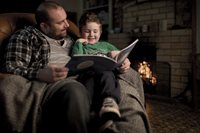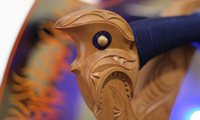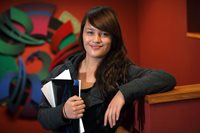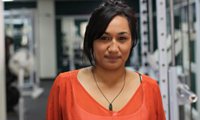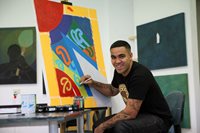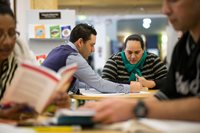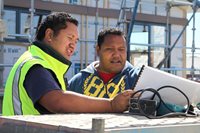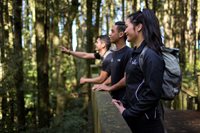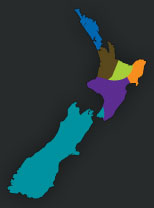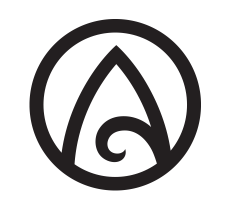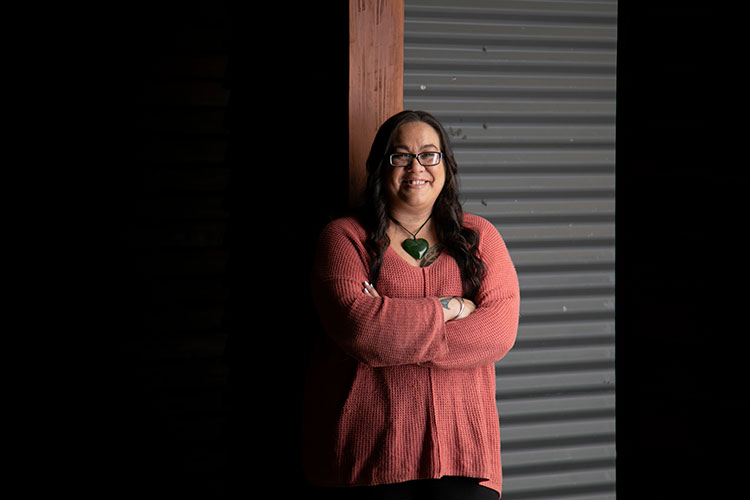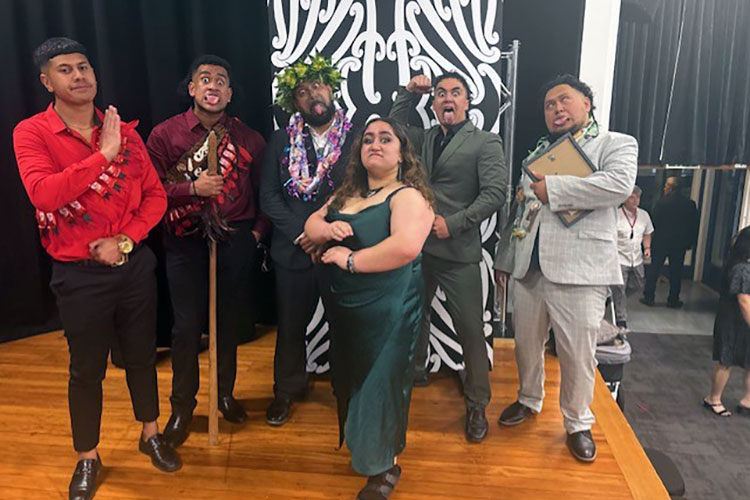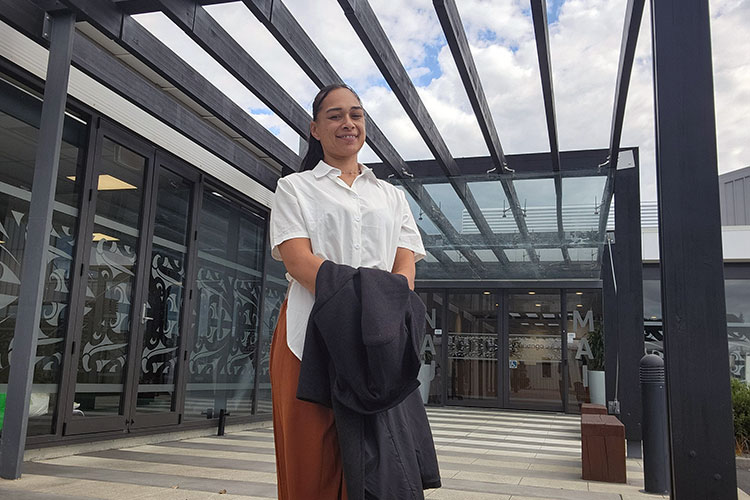Talei Teariki grew up with two clothes lines at her Rotorua home – one for her family’s clothes, the other for piupiu.
“My parents, uncles and grandparents made piupiu in the late 70s and 80s and there was the constant smell of the wai (mordant preservative) and paru (natural dye) through our house,” she says.
Talei always had a yearning to learn more about raranga knowing her whānau made piupiu for kapa haka groups and hearing about her mum doing raranga demonstrations in Whakarewarewa - but found few people willing to share their weaving knowledge.
Her first experience outside of piupiu was weaving whiri pikau (flax backpacks) as a teenager.
Talei (Te Whānau a Takimoana) is immersed in her Ngāti Porou roots where she teaches raranga (Toi Maruata - Certificate in Māori and Indigenous Art) through Te Wānanga o Aotearoa.
“I did a reo course here (in Gisborne) and I met Erin Rauna, we had to do a presentation on Horouta waka. I did a plain presentation and she came in with this amazing raranga piece and I was mesmerised.”
“Erin became a kaiako not long after this and I signed up to study with her straight away. She was an excellent kaiako. Her teaching style is unlike any other, she would physically show you how to do things.”
Talei studied under Erin’s tutelage for the following two years and had a few more years learning by her side. They’re now work colleagues.
Talei’s classes see her travel between marae around Ngāti Porou, where most of her tauira are from.
“My passion is mahi raranga, though the best parts are “the light bulb moments” when tauira click, their faces light up.”
“It’s great because we are making our taonga accessible to rural communities and teaching and learning together.”
“I’m connecting with our iwi, our whānau, our tipuna. I’m learning as much as everyone else.”

